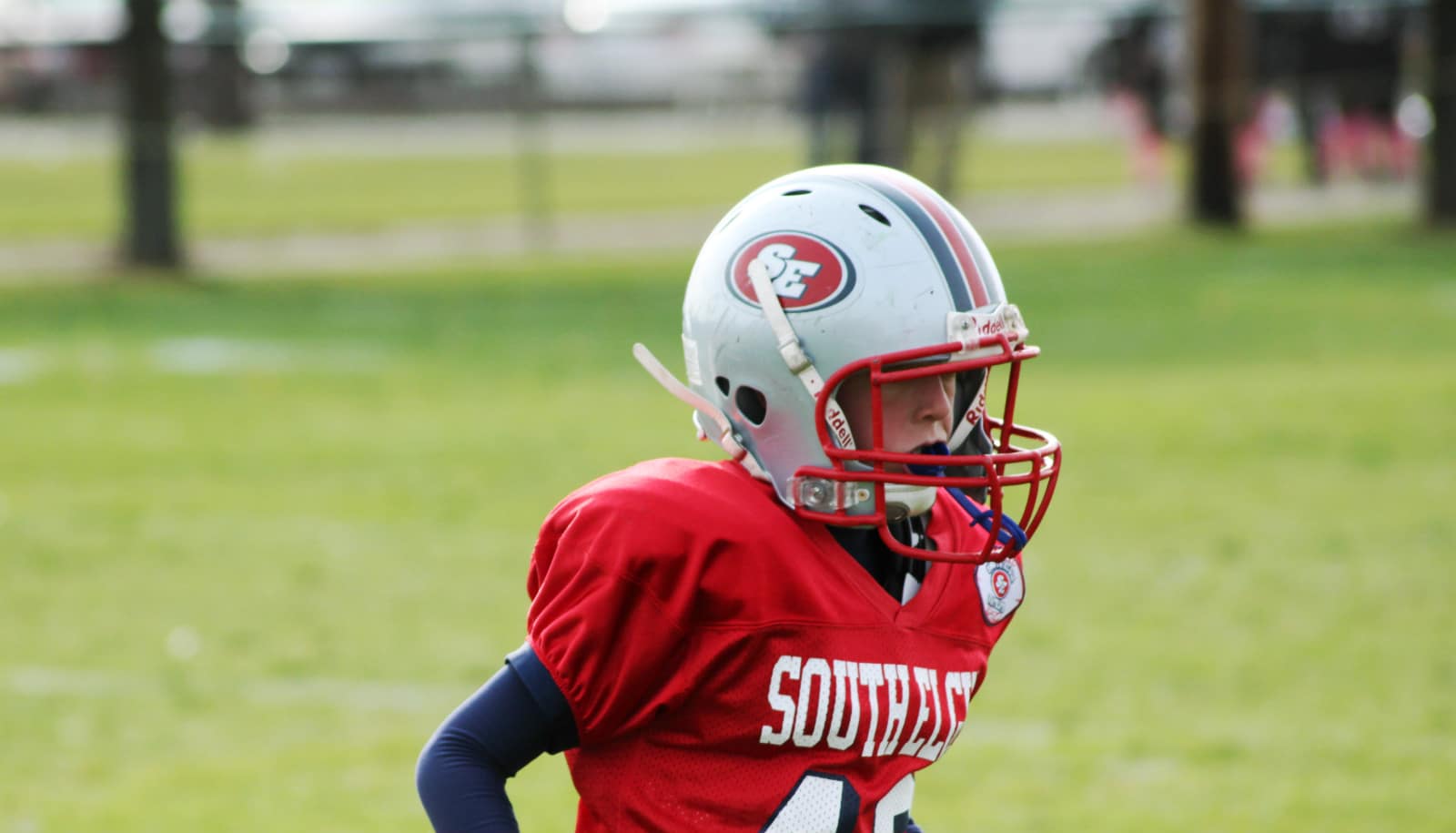Currently there is not a single test that can reliably and objectively diagnose concussions, but new research suggests measuring the brain’s response to sound could take the guesswork out of the diagnosis.
“Our ambition is to produce a reliable, objective, portable, user-friendly, readily available, and affordable platform to diagnose concussion,” says Nina Kraus, a professor at Northwestern University and and director of the Auditory Neuroscience Laboratory.
“This is something patients cannot misreport—you cannot fake it or will your brain to perform better or worse.”
By observing research subjects’ brain activity as they were exposed to auditory stimuli, Kraus and colleagues discovered a distinct pattern in the auditory response of children who suffered concussions compared to children who had not.
The researchers placed three simple sensors on children’s heads to measure the frequency following response, which is the brain’s automatic electric reaction to sound. With this measure they successfully identified 90 percent of children with concussions and 95 percent of children in the control group who did not have concussions.
Children who sustained concussions had on average a 35 percent smaller neural response to pitch, allowing the scientists to devise a reliable signature neural profile. As the children recovered from their head injuries, their ability to process pitch returned to normal.
‘Like turning down a single knob on a mixing board’
“Making sense of sound requires the brain to perform some of the most computationally complex jobs it is capable of, which is why it is not surprising that a blow to the head would disrupt this delicate machinery,” says Kraus.
What was surprising, says Kraus, was the specificity of the findings.
“This isn’t a global disruption to sound processing,” she adds. “It’s more like turning down a single knob on a mixing board.”
Watch: Air bag helmet inflates to protect head
Kraus, lead author of the study published in Scientific Reports, describes the research findings —based on a small study of 40 children being treated for concussion and a control group—as a major first step.
Concussions, a type of mild traumatic brain injury, are the result of a direct or indirect blow to the head that causes the brain to be jostled within the skull. But there is little relation between the force of an impact and the potential for injury—two athletes can suffer similar hits but experience vastly different outcomes.
“With this new biomarker, we are measuring the brain’s default state for processing sound and how that has changed as a result of a head injury,” Kraus says. “This is something patients cannot misreport—you cannot fake it or will your brain to perform better or worse.”
Source: Northwestern University



